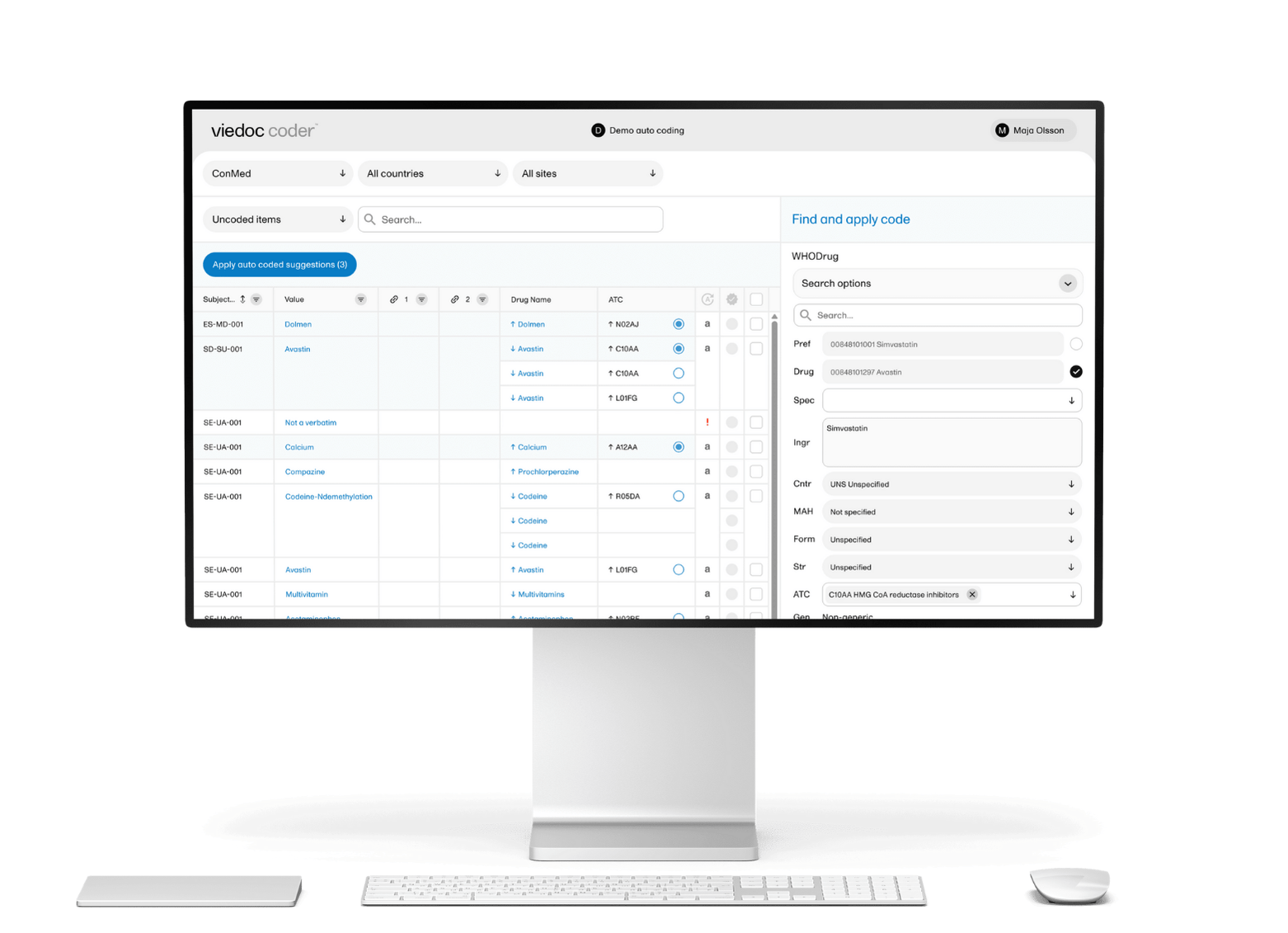This is the third installment in our series exploring the evolving EDC landscape and the pressing challenges that are reshaping the industry.
In our previous article, Viedoc’s experts identified key challenges within the industry and proposed innovative solutions.
In this article, we again turn to Viedoc’s Chief Innovation Officer, Majd Mirza, and Technical Fellow, Binish Peter, for their export insights. This time, we explore how integrating Clinical Trial Management Systems (CTMS) with an EDC software can streamline clinical trial processes and how Viedoc is pioneering this approach through advanced data pipelines.
It's time to think beyond EDC.

Setting the scene
A Clinical Trial Management System (CTMS) acts as the central hub for managing and monitoring the progress of clinical trials, providing critical oversight of study recruitment, timelines, and milestones.
For CTMS to function effectively, it requires seamless, near-real-time data integration from various sources, particularly the EDC software. This ensures that key updates, such as patient enrollments and visit records, are instantly mirrored in the CTMS, enabling timely decision-making and efficient trial management.
At Viedoc, we leverage the advanced data pipelines discussed in our previous article to facilitate seamless integration between our EDC clinical trial software and leading CTMS platforms, with the flexibility to easily expand to additional systems as needed.
Our integration process revolves around a specific Viedoc export activity, which is designed to extract only the essential clinical data required for CTMS integration. This includes subject information, their statuses, as well as their visit details and corresponding statuses. By focusing on this critical data, we ensure that the integration is both precise and optimized.

The integration process is executed through a robust data pipeline framework, which consists of three key activities:
1. Extract
This step triggers the Viedoc export activity, which pulls the necessary clinical data from our EDC software. The raw data is then stored in the data lake for further processing.
2. Transform
This takes the exported data from the EDC software, initiates some transformations, and then stores that transformed data in the data lake under a processed directory. “So like we mentioned in the last article, we store both the raw data coming from EDC and the processed data”, Majd points out.
3. Load
Finally, the processed and mapped data is pushed to the receiving CTMS via its API. This connector for each CTMS system can be reused, offering a no-code configuration for future integrations with that particular CTMS.
The data pipelines can be configured to run on various schedules, from daily to hourly, depending on the specific needs of the clinical trial.
Integrating Viedoc with a CTMS system is remarkably straightforward. The user simply needs the credentials to access data from the Viedoc API and the credentials to push the data to the receiving CTMS system. Once configured, the pipelines will automatically run on the specified schedule, seamlessly syncing the data between systems.

Majd sums up, “The idea with a CTMS integration is that a user can just say they need one, provide the credentials and information for the source, the credentials and the information for the destination, and we will create a customizable, configurable integration with an EDC software that will run on schedule, reading data from one system and pushing it to another, in the interval the user chooses.”


/new-year.jpg)

/female-doctor-with-tablet.jpg)